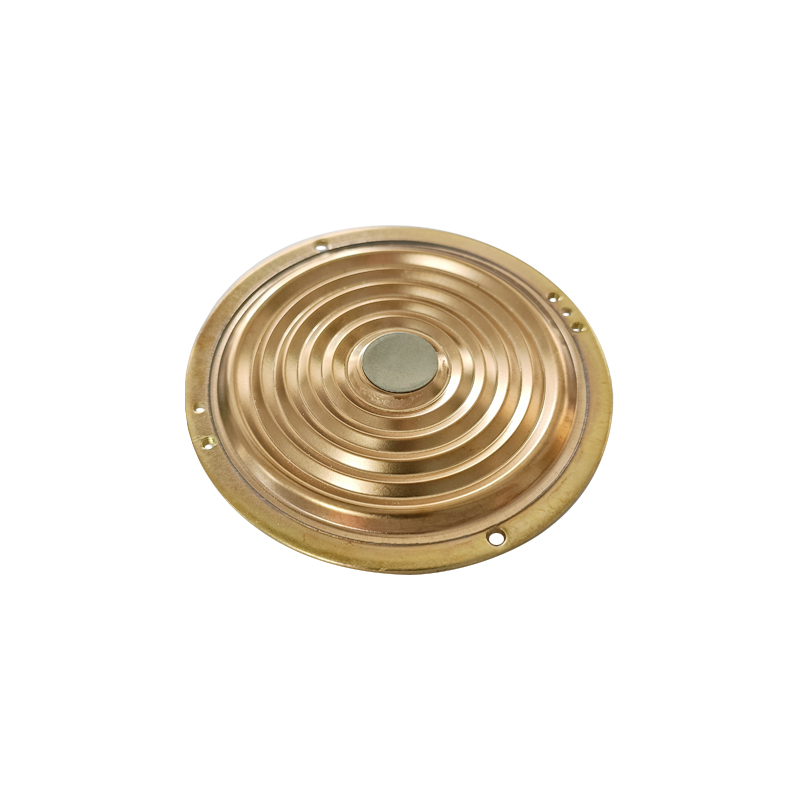
Nov . 01, 2024 10:16 Back to list
Understanding the Differences Between Differential and Absolute Pressure Measurement Devices
Understanding the Difference Between Differential and Absolute Pressure Gauges
Pressure measurement is a critical aspect of various industrial processes. Accurate monitoring ensures safety, efficiency, and reliability. Among the various types of pressure gauges available, differential pressure gauges and absolute pressure gauges serve distinct purposes and operate on different principles. Understanding the differences between these two types of gauges is essential for their proper application.
Absolute Pressure Gauges
Absolute pressure gauges measure pressure relative to a perfect vacuum. This means that these gauges take into account the complete absence of pressure and provide a measurement in relation to that baseline. The readings from absolute pressure gauges are essential in applications where it is crucial to know the exact pressure exerted, without the influence of atmospheric pressure. For instance, in environments like vacuum systems or barometric applications, knowing the absolute pressure is vital for accurate process control.
Absolute pressure is sometimes measured in units like psi (pounds per square inch), mmHg (millimeters of mercury), or Pa (Pascals). These gauges are often equipped with a sealed reference chamber that isolates them from atmospheric pressure changes, allowing for precise and stable readings.
Differential Pressure Gauges
On the other hand, differential pressure gauges are designed to measure the difference in pressure between two points in a system. These instruments are crucial in a variety of applications, such as monitoring filters and pumps, or assessing the flow rate of fluids through pipelines. By comparing the pressure at two points, differential pressure gauges provide insights into system performance, helping to detect blockages, leaks, or other abnormalities that may affect operation.
custom difference between differential and absolute pressure gauges

The readings from differential pressure gauges can also be expressed in psi, mmHg, or Pa, but they specifically represent the difference, not an absolute value
. This makes them indispensable in scenarios where it is important to understand pressure variations caused by operational changes rather than the overall pressure level.Customizing Gauge Applications
In some industries, the choice between differential and absolute pressure gauges may not be straightforward. Some processes might require both types of measurements. For instance, in a cleanroom environment, absolute pressure measurements are crucial to ensuring the desired level of cleanliness, while differential pressure readings can help monitor filtration efficiency and detect leaks.
Customization of pressure measurement setups plays a significant role in achieving efficiency and safety. Selecting the correct type of gauge—or even integrating both into a system—can lead to improved monitoring capabilities and better overall performance.
Conclusion
In summary, the fundamental difference between differential and absolute pressure gauges lies in their reference points absolute gauges measure pressure against a vacuum, while differential gauges measure the pressure difference between two points. Understanding these differences aids in selecting the appropriate gauge for specific applications, ensuring accurate pressure measurement that is critical for successful industrial operations.
-
Piston-Style Differential Pressure Gauges Precision & Durability
NewsMay.28,2025
-
WIKA Differential Pressure Gauge 700.04 High-Accuracy Industrial Measurement
NewsMay.28,2025
-
Precision Differential Pressure Gauge Factory Custom Solutions & OEM Services
NewsMay.27,2025
-
Pressure Diaphragm Capsule Elements High-Accuracy & Durable Solutions
NewsMay.27,2025
-
WIKA Pressure Gauge Accessories Custom Solutions & Quotes
NewsMay.26,2025
-
Medical Air Pressure Gauges Precision & Certified Solutions
NewsMay.26,2025
